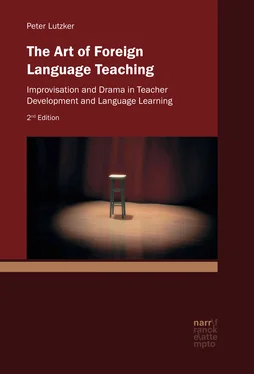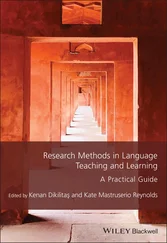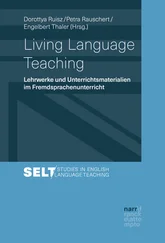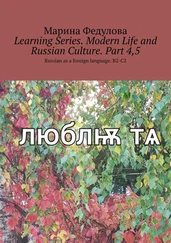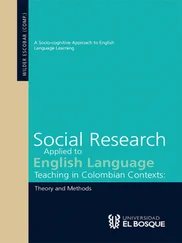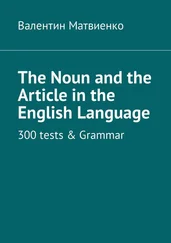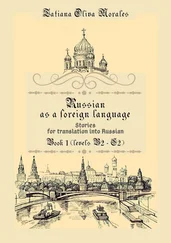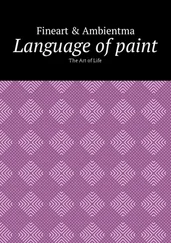Prabhu, Neiman Stern. (2019): Perceptions of Language Pedagogy .
Schmenk, Barbara (2015): “Dramapädagogik im Spiegel von Bildungsstandards, GeRS und Kompetenzdiskussionen.”
Sievers, Ulrike (2017): Creative Teaching-Sustainable Learning. A Holistic Approach to Foreign Language Learning and Teaching .
Vaßen, Florian (2016): “The Diversity of Theaterpädagogik in German Schools – Theater and theatrical training in the context of teacher education, as a method of instruction, and as an artistic/aesthetic school subject.”
ii Performative-Artistic Approaches within Traditional Frameworks
The developments I have described in the previous section have occurred within broader educational contexts that are generally far removed from artistic thinking and practice. The individuals that have been mentioned work outside those mainstream educational policies that are still predominant in schools and in teacher education programs throughout the world. In following their own performative-artistic paths, they remain to a certain extent ‘outliers’ both in a larger educational landscape and in most of the daily practice of foreign language teaching.
In his 2019 article celebrating the 20 thanniversary of Humanising Language Teaching , Maley looks back on those five factors which he views as having been the primary hindrances to the broader introduction of creative, humanistic and performative approaches into language teaching:
TestingThe huge and rapid expansion of testing which took place in the 1990’s and continues today has exerted a huge influence on curricula, published materials and on courses offered. Following the spread of IELTS and TOEFL in particular, the teaching of English is now firmly shackled to the testing bandwagon. This leaves little room for the exercise of the individual, creative methodology which was so common in the earlier period, since all efforts are now directed to fulfilling the demands of the test.
TechnologyWhat had been no more than a flirtation with technology until the late ‘80’s became an obsessive love affair as we moved into the ‘90’s and beyond. Inevitably, teaching has come to depend on a range of technological systems and practices, partly as a reflection of the digital revolution which is a major component of most students’ daily lives and partly for their intrinsic attraction. (…)
AcademicisationIncreasingly, teachers have come under pressure to acquire academic qualifications. Following on from the rapid expansion of MA programmes, many teachers are now urged or tempted or obliged to pursue PhD programmes. In many cases, the prospects of promotion without a PhD are negligible. The spread of PhD fever is accompanied by a dedication to the idea that ‘more research is needed’. The research paradigm is now widely accepted as central to progress in the profession. (For a contrasting view, see Maley, 2003, 2016.)
PublishingELT publishers were previously at the forefront of promoting creative ideas in teaching methodology. However, under the combined pressure to cater to the demands of examinations and tests, and the rising investment costs involved in publishing comprehensive, global course book packages, the major publishers have become risk-averse. One result is that most course packages are near-clones of each other. Another is that it is now far more difficult for an aspiring writer with a good idea to get published. Yet another is that teachers are increasingly expected to follow the expensive course packages their managers have purchased for them. Creative exploration has thus become more difficult.
BureaucratisationIn the late 80’s, ELT was bitten by the management bug. Many, if not most, teaching institutions were squeezed into a business model, with an emphasis on ‘the bottom line’, efficiency, delivery of learning packages, vision statements, all run by ‘managers’ wielding spread-sheets, pocket calculators and an impressive command of jargon borrowed from business. Furthermore, especially in the public sector, the plethora of instructions, regulations and box-ticking now required tends to divert teachers’ energy from the primary task of helping learners to learn.19
Many of these hindrances which Maley elucidated in 2019 have continued to increase their dominance over educational policies and also taken on new forms. This is particularly the case with the growing role of digital technology, which is a theme that I address extensively in the appendix to this 2 ndedition.
In considering the immense political, financial and institutional dimensions of what Maley has termed the “Gang of Five”, it becomes all the more heartening to see what has nevertheless transpired in furthering artistic, humanistic and performative approaches to foreign language teaching. There have been and continue to be schools and universities throughout the world in which students are given opportunities to experience the richness and transformative possibilities of learning a foreign language through such approaches. The articles which regularly appear in the above-mentioned journals and the broad range of books which continue to be published provide continual proof of the ongoing development of creative, performative and artistic ways of teaching. My hope is that making this book available in a second edition will contribute to these developments.
I remain convinced that the struggle to make foreign language learning more artistic and more meaningful for learners will continue to be carried on throughout the world by creative and dedicated individuals in schools and universities who are motivated by both the thankful responses of their learners and the joys of teaching.
Peter Lutzker
Stuttgart, July 2021
Introduction to the 1 stEdition
The intention of this study is to explore and develop the idea that foreign language teaching can be an art . This will encompass both considering the meaning of artistry in language teaching as well as the possibilities which artistic processes offer pupils in language learning. The first section focuses on the in-service education of language teachers in theatre and improvisation workshops; the second section examines high school pupils rehearsing and performing a full-length play in a foreign language. Thus, this work views the fields of language teacher education and foreign language learning within a common conceptual framework.
This study has been deeply shaped by my experiences in teaching English to high school pupils in a Steiner School in Germany for more than two decades and in training Steiner School teachers for nearly 15 years. In both of these contexts, having experienced how meaningful artistic and particularly dramatic activities can be for pupils and teachers has led me to continually explore possibilities of working in this manner. This has contributed to significant developments in my own language teaching, as well as to a restructuring of the design/s of teacher education programs with which I have been associated. With respect to the latter, the most far-ranging consequence has been the institution of intensive workshops with professional actors, directors, storytellers and clowns as an integral element in language teacher education. In conjunction with these developments, the annual European Steiner School language teacher conference English Week was founded in 1996, based on the central idea that concentrated artistic work with outstanding professionals could lead to decisive steps in a teacher’s personal and professional growth. The highly positive reactions to this form of in-service training, reflected in oral and written feedback as well as in the popularity of English Week which has become the largest conference of its kind in Steiner education, attest to the deep meaning which this type of work has proven to have for many language teachers. This has also led to the inclusion of such courses in the context of other in-service and pre-service programs, primarily, but not exclusively, in the framework of Steiner teacher training.
Читать дальше
